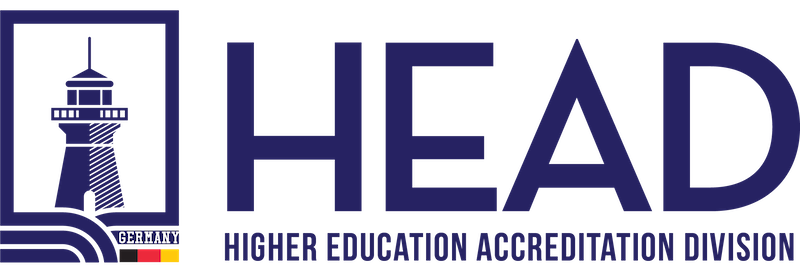Addressing Risks and Opportunities for Enhanced Product Conformity and Stakeholder Satisfaction

Introduction
In today’s rapidly evolving business landscape, ensuring the quality and conformity of products and services is essential for sustained success. Beyond just fulfilling the basic requirements, modern organizations must also focus on enhancing stakeholder satisfaction. This dual responsibility highlights the critical role that top management plays in identifying, addressing, and capitalizing on risks and opportunities. By taking direct ownership of these aspects, top management can drive organizational excellence, foster stakeholder trust, and achieve a competitive edge.
The Interplay Between Risks, Opportunities, and Conformity
In a world marked by uncertainties, risks and opportunities are two sides of the same coin. Risks are potential events or circumstances that could hinder the achievement of organizational objectives, while opportunities are favorable situations that, if exploited, can lead to better outcomes. Both elements are inherent in every business endeavor and can significantly influence product and service quality, as well as stakeholder satisfaction.
Product conformity refers to the extent to which products and services meet established specifications, standards, and customer expectations. When risks are not identified and managed appropriately, they can result in non-conformities, leading to defective products, service disruptions, and customer dissatisfaction. Conversely, recognizing and capitalizing on opportunities can lead to innovations, improved processes, and enhanced customer experiences.
The Direct Responsibility of Top Management
Top management, including CEOs, executives, and board members, must assume direct responsibility for addressing risks and opportunities related to product conformity and stakeholder satisfaction. This commitment demonstrates leadership’s dedication to excellence and underlines the importance of these factors for the entire organization. By making this responsibility explicit, top management sets the tone for a proactive and systematic approach to risk and opportunity management.
Key Aspects of Top Management’s Role:
- Risk Assessment and Management: Top management should initiate a comprehensive risk assessment process that identifies potential threats to product conformity and stakeholder satisfaction. This involves analyzing internal and external factors, evaluating the likelihood and impact of risks, and developing mitigation strategies. Regular review and monitoring ensure that risks are effectively controlled and managed.
- Opportunity Identification and Exploitation: Beyond risk mitigation, top management must encourage a culture of innovation and continuous improvement. This involves actively seeking out opportunities to enhance product quality, streamline processes, and exceed customer expectations. By fostering a dynamic environment, top management empowers employees to contribute ideas and seize favourable situations.
- Resource Allocation: Top management holds the authority to allocate resources strategically. Adequate resources must be directed towards addressing identified risks and capitalizing on opportunities. This may involve investments in technology, workforce training, process optimization, and quality assurance initiatives.
- Establishing Accountability: Accountability is pivotal for effective risk and opportunity management. Top management should designate individuals or teams responsible for specific aspects of these processes. Regular reporting and communication mechanisms ensure that progress is transparent and that issues are promptly addressed.
- Alignment with Strategic Objectives: Top management should align risk and opportunity management efforts with the organization’s strategic goals. By integrating these aspects into the broader strategic framework, the organization can steer its efforts towards achieving its vision while maintaining product conformity and stakeholder satisfaction.
Benefits of Top Management’s Involvement
When top management takes direct responsibility for managing risks and opportunities related to product conformity and stakeholder satisfaction, several significant benefits emerge:
- Enhanced Product Quality: Rigorous risk assessment and opportunity exploitation lead to improved product and service quality, reducing defects and customer complaints.
- Stakeholder Trust: Proactive management of risks and opportunities instils confidence in stakeholders, including customers, investors, and regulatory bodies.
- Innovation Culture: Empowering employees to identify opportunities fosters a culture of innovation and continuous improvement.
- Adaptability: A systematic approach to risk and opportunity management enhances the organization’s ability to adapt to changing market conditions.
- Competitive Advantage: By addressing risks and capitalizing on opportunities, organizations gain a competitive edge, positioning themselves as industry leaders.
Conclusion
In the dynamic business landscape, the responsibility of top management extends beyond traditional leadership roles. Direct involvement in identifying, addressing, and capitalizing on risks and opportunities related to product conformity and stakeholder satisfaction is paramount. This approach not only safeguards the organization’s reputation but also drives product excellence, stakeholder trust, and long-term success. By embracing this responsibility, top management pioneers a culture of innovation, resilience, and continuous improvement, ultimately propelling the organization towards greater heights.
Would you like to speak to one of our Higher Education Accreditation Expert? Just submit your details and we’ll be in touch shortly. You can also email us if you would prefer.

